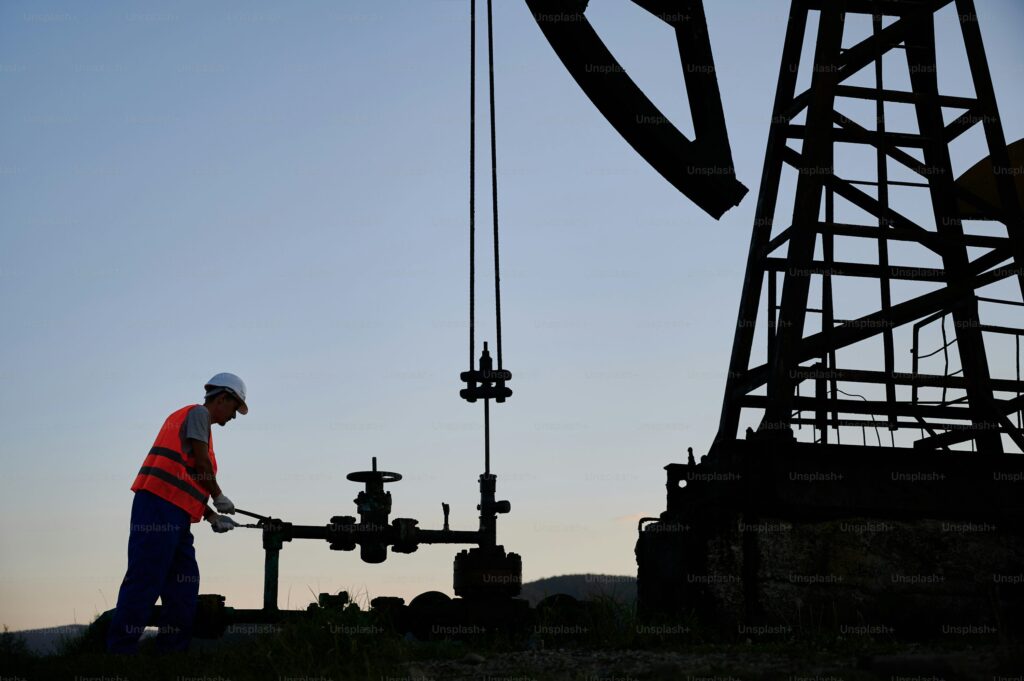After much fancy talk the Canadian government finally unveiled a real plan to combat climate change. Or so they’d have you think, and appear to think themselves. They and the press can’t get enough of the phrase “an ambitious and achievable roadmap” which the PM tweeted and the Environment Minister obsequiously retweeted, and which suggests sober balance between high ideals and down-to-earth practicality. Just as the PM almost sounded reasonable intoning that “The biggest contributor to emissions is, of course, the oil and gas sector in this country so we put down a clear track for where the sector needs to go. It’s also something that I know engineers and workers in the oil and gas sector are going to be able to do as we move towards a better future and better jobs.” It gives the impression of a statesman giving wise guidance, “steering not rowing” as the cliché had it 30 years ago, a sober adult “mixed economy” acknowledgement of the vitality and ingenuity of the private sector in place of giddy sophomoric socialism. But in fact Justin Trudeau is telling people to do something he has no idea how to accomplish, and making that empty performance sound like an accomplishment.
The news story cited above peddled as gospel that “Drastically reducing global emissions before 2030 and then achieving net zero by 2050 is considered essential to avoiding the worst impacts of climate change.” But it did acknowledge, in the secondary print headline, that “Proposal lacks details, critics say”. We do not care for this meme which smuggles opinion into reporting. But in fairness the story went on to say that the critics were right, and they are. “A proposed carbon capture and storage tax is mentioned in the plan, but there are no details about it, nor is the information on a proposed cap for emissions from the sector.”
Green Party MP and behind-the-scenes leader Elizabeth May sneered that “’If I was a teacher and grading on a curve, I’d say, ‘Well, they did a really good job with the pretty pictures’.” Which we say without grading on a curve. The NDP was also in high dudgeon, their environment critic saying this unplanlike object “clearly doesn’t meet the urgency of the crisis” and so “The upcoming budget will be an important opportunity for the government to show that it takes the climate emergency seriously.” To which we say yeah, well, you’re the ones who made a deal to keep them in power, not us.
Some people might be tempted to say Trudeau is pompous for his habit of uttering sententious phrases such as “I know some people would say a war is no time for climate action... the same people said the pandemic was no time for climate action, we didn't let them stop us then either”, complete with breathless amateur theatrical pauses. But we prefer the term “vacuous” since in fact there was no action worthy of the name.
As Dan McTeague has pointed out, on this file Trudeau has been all hat and no cattle, or perhaps all trade and no cap, despite a carbon tax large enough to hurt his beloved “families” without putting a dent in emissions. As McTeague adds, “Given that emissions have dropped a mere 1% over the last 15 years or so, the suggestion that we can now make emissions fall more than 40% in the next 8 years is absolutely absurd.” More absurd is that Trudeau went with the old “blame Harper and Trump” ploy to explain his failure to move the dial in the last six years. And even more absurd is the idea of making emissions plummet with a plan that’s merely a plan to have a plan.
OK, it puts aside a few billion for EV chargers and “Previously, the government had announced that all new light vehicles sold should be either fully electric or hybrid by 2035, but it added new benchmarks, requiring 20 per cent of vehicles to hit that standard by 2026, and 60 per cent by 2030.” But again, these requirements are not things the government is going to do itself, or knows how to do and is giving detailed instructions to someone else to do them. It is neither steering nor rowing, just saying “Are we there yet?” Or perhaps “We want you to ride a unicorn and you’d better furnish one because we’re going to shoot your horse regardless”.
The Globe & Mail was impressed regardless, starting a “news” story with “Ottawa has unveiled its new plan to cut greenhouse-gas emissions – a sector-by-sector blueprint that dramatically increases the pressure on the oil and gas industry, and forces a faster change in the driving habits of Canadians.” But here one must recall that “pressure” in journalese is a colourless, odorless gas whose only measurable interaction with other objects or substances is to cause editors to write headlines.
Even this forcing of a faster change to EVs is very nebulous, because an alternative is to rush to buy a gasoline car before the ban hits and then make it last longer. And the problem of actually building the things, having them work, and undertaking the massive expansion of the electric grid and generating system so as to power them remains outside newspaper pages, activist manifestoes and politicians’ speaking notes.
As the Manhattan Contrarian has observed, the whole Net Zero fantasy insofar as it involves wind and solar also involves incredible mathematical ignorance of the resulting energy storage problem. Even the enthusiasts are starting to notice the problems with actually charging all these EVs instead of just praising and mandating them. And if the point of making every single person in Canada drive an electric car within 13 years is just to burn fossil fuels to make the extra electricity, or to go about in “hybrid” cars that could theoretically run on electricity but are currently burning gasoline, it sounds even more stupid than it already did.
Even the Globe admits that there’s no actual reason to think it will work: “The federal government said on Tuesday that it’s going to spend an additional $9.1-billion as it promises to achieve what Canada has failed to do over three decades of climate policies: meet the goals that it sets.” But it fails to observe that in a nation with a $1.6 trillion GDP that produces $175 billion in energy every year, $9.1 billion is a laughable sum. Even to a government that routinely runs $100 billion deficits while piling promise on political coalition.
In another story the National Post did allow that “The total spending – from both governments and businesses – needed over the next three decades to get Canada to net zero is C$2 trillion, according to a Royal Bank of Canada report last fall…” which works out to $60 billion a year.
Some map. Some road.



"We do not care for this meme which smuggles opinion into reporting."
What a silly thing to say. It is just as central to the reporter's job to report what the critics say as to report what the government says. Smuggling opinion into reporting would be reporting what the reporter thinks about the topic. (Agreed, there is too much of that going on; but this is not an example of that.) Or, if the complaint is about reporting opinion as distinct from knowledge, then reporters should never report on what the government says, because the government has no knowledge, only opinion.
Politicians seem to think the Oil and gas sector can cut CO2 emissions by 40% thereby saving all the other industries that rely on hydrocarbons. However, this is not the case. Oil and gas keeps getting harder to find to meet demand. EROI, energy returned over energy invested, keeps going down. When it takes a barrel worth of energy to find and process the next barrel, you are finished with extracting oil for energy production. This will come much sooner than simple reserves divided by consumption indicates. Not to mention that the oil industry has talented energy engineers who have optimized their production to consume as little energy as possible….for decades already….Even the management of oil companies think they have areas where their engineering departments can reduce energy consumption….however the next 5% improvement is very hard to achieve….42% thermodynamically impossible….only actual cuts in production could reduce CO2 emissions…and no voters wants to hear they can only heat their house 4 days a week….